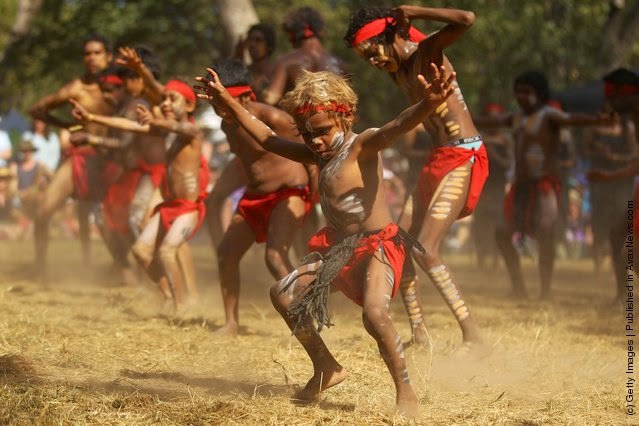Eurythmy
The Art of Dancing Your Name
Eurythmy is an art form first proposed by the "first lady" of Anthroposophy, Mrs. Steiner to provide balance to the "Negro" dances of the 1920's - the Charleston, for example. People did too much jumping in those days. Early Eurythmists were also inclined to jump too much when music was played - and they tended to enjoy the movement. This ended when Rudolf Steiner explained that Eurythmy should be performed to words - not music.
While it has been suggested that some children don't like Eurythmy, any parent entering during Eurythmy class (if that was allowed) would see the children (who have not been sent out), fully engaged in spelling words with ancient symbols. To graduate from Eurythmy, children have to first learn to spell Eurythmy with Eurythmy poses, then their own name. The notion that children don't like Eurythmy has been promoted by critics of Waldorf. What child wouldn't enjoy a class where they are supplied with a meter-long copper weapon?
While it has been suggested that some children don't like Eurythmy, any parent entering during Eurythmy class (if that was allowed) would see the children (who have not been sent out), fully engaged in spelling words with ancient symbols. To graduate from Eurythmy, children have to first learn to spell Eurythmy with Eurythmy poses, then their own name. The notion that children don't like Eurythmy has been promoted by critics of Waldorf. What child wouldn't enjoy a class where they are supplied with a meter-long copper weapon?
 |
| Children Enjoying Eurythmy Class |
 |
| Sadly, these poor savage children have no idea what they are spelling. |
 |
| What child wouldn't want to grow up to be a Eurythmist? |
Curative Eurythmy
For pupils who need it, Promise Hollow offers Curative Eurythmy.
See our finance department to arrange for payments.
See our finance department to arrange for payments.
Rudolf Steiner Eurythmy:
"I speak in all humility when I say that within the Anthroposophical Movement there is a firm conviction that a spiritual impulse of this kind must now, at the present time, enter once more into human evolution. And this spiritual impulse must perforce, among its other means of expression, embody itself in a new form of art. It will increasingly be realised that this particular form of art has been given to the world in Eurythmy."
"It is the task of Anthroposophy to bring a greater depth, a wider vision and a more living spirit into the other forms of art. But the art of Eurythmy could only grow up out of the soul of Anthroposophy; could only receive its inspiration through a purely Anthroposophical conception."
Rudolf Steiner Curative Eurythmy:
Shortly after the founding of the Waldorf School, a number of doctors having found their way into the Anthroposophical Movement, there arose the practice of medicine from the Anthroposophical point of view. These doctors expressed the urgent wish that the movements of Eurythmy, drawn as they are out of the healthy nature of the human being, and offering to the human being a means of expression suited to his whole organisation — that these movements should be adapted where necessary, and placed at the service of the art of healing. Eurythmy, from its very nature, is ever seeking for outlet through the human being. Anyone who understands the hand, for example, must be aware that it was not formed merely to lie still and be looked upon.
The fingers are quite meaningless when they are inactive. They only acquire significance when they seize at things, grasp them, when their passivity is transformed into movement. Their very form reveals the movement inherent within them. The same may be said of the human being as a whole. What we know under the name of Eurythmy is nothing else than the means whereby the human organism can find healthy outlet through movement.
So that certain of the movements of Eurythmy, though naturally differing somewhat from the movements which we use in Eurythmy as an art, and having undergone a certain metamorphosis, can be made use of and developed into a Curative Eurythmy. This Curative Eurythmy can be of extreme value in the treatment of illness, and can be applied in those cases where one knows the way in which a certain movement will react upon a certain organ with beneficial results.
Quotes from Lecture of 26th August, 1923

